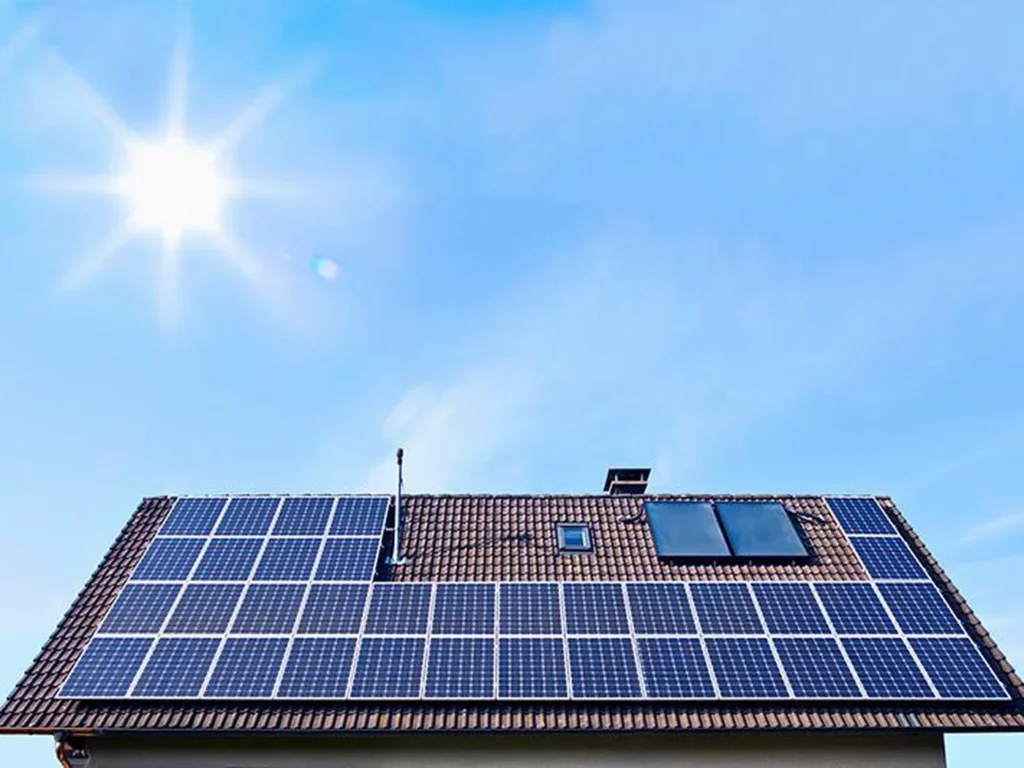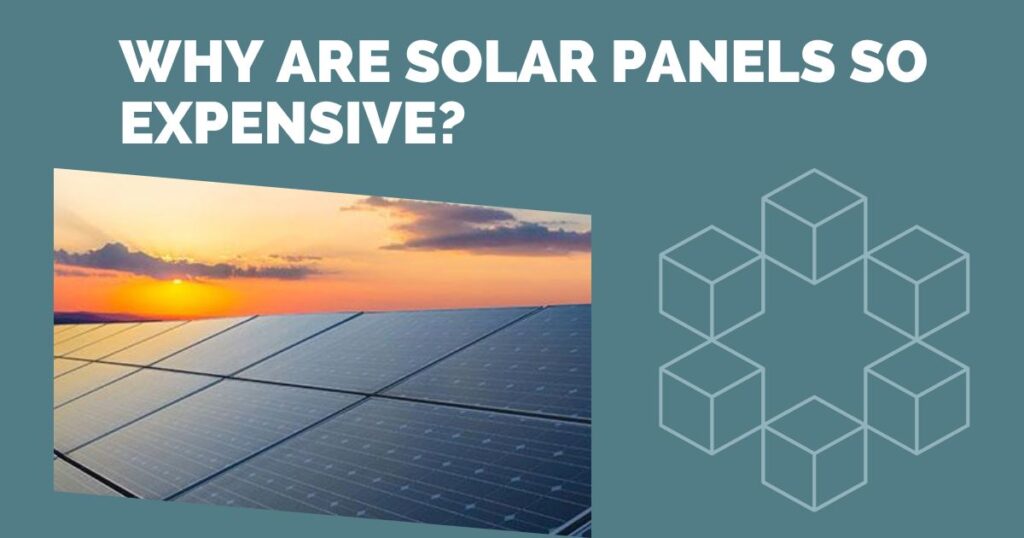Wondering ‘Why are solar panels so expensive?’
In the United States, solar costs have dropped dramatically in the last five years. The solar industry has reached a significant and impressive milestone, with residential solar prices dropping to an average of $2.77 per Watt. However, the cost of solar in the United States is still higher than in other countries, particularly Australia. But how much cheaper is solar in Australia, and can the United States lower solar costs even more?
The most important takeaways:
- Although the cost of solar has decreased significantly in the United States, it remains higher than in countries such as Australia.
- Australia has a very high rate of solar adoption, with most residential systems costing around AUD $1 per Watt ($0.70 per Watt).
- Australia achieved these low costs by simplifying the solar permitting and inspection process; in the United States, programs like SolarApp+ are attempting to speed up the solar permitting process.
- Check out our website for a great deal on a solar system.
The price of solar in the United States.
Since the end of 2014, the cost of solar has dropped from $3.86 per Watt to $2.77 per Watt–as of 2022–on our website. That means a small to medium-sized 6-kilowatt (kW) system has dropped by about $6,540 in six years (not accounting for the investment tax credit). The cost reduction is even more pronounced than in the early 2000s when residential solar prices were over $7 per Watt.
Furthermore, this pricing data refers to the solar system’s gross installed cost. Federal, state, and utility incentives lower the net installed cost of solar, even before factoring in the cost savings from lowering or eliminating your electric bill.
For example, a 6 kW system with a gross cost of $3 per Watt would cost only $13,320 after the federal investment tax credit, resulting in an effective net cost of only $2.22 per Watt. (To provide a policy-neutral view of how solar costs have changed over time, most companies use the gross cost of solar per Watt, rather than the net cost of solar per Watt.) Tesla’s announcement of $2 per Watt pricing has gotten a lot of press and generated a lot of buzz in recent years. The federal investment tax credit is included in the net cost.
Solar panels in Australia are expensive.
When people talk about lower solar costs in other countries, they frequently refer to Australia. According to the now defunct Energy Supply Association of Australia, the median solar price for a 5 kW system in Australia was around $1.33 per Watt in 2016. At the time, Australia had the highest rate of rooftop solar adoption of any country, with over 15% of households having solar panel systems.
Prices have continued to fall, and solar installations have increased since 2016. Residential systems in Australia now cost around AUD $1 per Watt (roughly $0.70 per Watt). On a gross cost per Watt basis, installing the same size system in Australia costs one-third of the price of installing the same system in the US.

What lessons can the United States take from Australia?
The ease of permitting and inspection processes for new solar homeowners are two of the most significant ways Australia’s solar industry has reduced overall solar pricing. Time and money are required for these aspects of a solar installation. The “soft costs” of solar–also known as non-component costs–can add up to $1 per Watt or $6,000 for a typical 6 kW system.
Australia has cut down on these “soft costs” by making it easier to get permission for solar installations and hiring solar inspectors. Solar permitting requirements in the United States vary by state, and even local jurisdiction, but they can involve paperwork for installers to complete. Australia alleviates these requirements and restrictions by providing near-instantaneous virtual permitting portals. Las Vegas has followed Australia’s lead in this regard, reducing permit times from up to 90 days to just minutes.
Additionally, the government has hired dedicated solar energy system inspectors in certain parts of Australia, to conduct quarterly or annual inspections of all systems within a geographical area. In the United States, all solar installation inspections are performed by building inspectors. Read out this article to learn more about how permits and inspections work in the United States.
Is it worthwhile to follow Australia’s lead in the solar industry?
Problems with solar panels that have been installed in Australia have recently surfaced. According to various articles, consumers who expected 20 years of production and savings from their solar panel systems have had their equipment malfunction, break, or drastically reduce production after only 5 years. Why aren’t the original solar energy systems installed in the United States running smoothly after 20 years in Australia?
The absence of regulatory oversight appears to have facilitated the installation of substandard solar panel systems at a low cost, from the solar equipment and components used in the installation, to the actual solar panel installation. Surprisingly, the same policy and market forces that have aided in the delivery of low-cost solar to Australians, are also to blame for the problems that have been observed with Australian solar installations. While these policies have reduced installation time, they have also decreased the opportunity to catch installation errors or equipment issues.
While the American solar industry can experiment with new techniques, such as shortening the permitting process or hiring dedicated solar installation inspectors, a balance must be struck to ensure that United States solar panel installations, maintain a high level of quality, and continue to produce electricity for decades.
Take advantage of our solar price reductions.
Solar panels pay for themselves in about eight years across the United States. But, the savings don’t stop there: because solar panel systems can produce electricity for up to 30 years, you’ll be able to save money long after the panels have paid for themselves. Check out our free Solar Calculator to see how much money you could save by going solar. If you’re ready to move forward, sign up for custom quotes from pre-screened local solar companies on our website.

